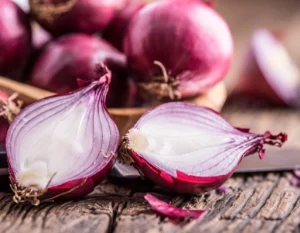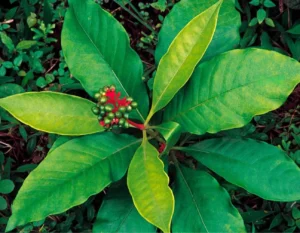Beetroot, also known as red beet, table beet, garden beet, or simply beet, is a root vegetable that is typically deep red in color. It is a member of the Amaran- thaceae family, which also includes spinach, amaranth, and quinoa. Beets are native to the Mediterranean region and have been cultivated for thousands of years.
Beets are a good source of vitamins and minerals, including fiber, folate (vitamin B9), manganese, potassium, iron, and vitamin C. They are also a good source of nitrates, which are converted into nitric oxide in the body. Nitric oxide is a vaso- dilator, which means that it helps to widen blood vessels and improve blood Flow.
Beets can be eaten raw, cooked, or juiced. They can be added to salads, soups, stews, and smoothies. Beets can also be used to make hummus, falafel, and other dishes.
Potential health benefits of beetroot:
- Lower blood pressure
- Improved exercise performance
- Reduced inflammation
- Better digestive health
- Improved cognitive function
- Reduced risk of cancer
Beets are a nutritious and versatile vegetable that can be enjoyed in many different ways. They are a great addition to a healthy diet.






Reviews
There are no reviews yet.